Last-Minute NYC Holiday Gift Guide 🎁
We’ve created a holiday gift guide with presents for the intrepid New Yorker that should arrive just in time—


The Passage de Beaujolais may be small, but it is certainly not short on history. Originating first as a road in 1784, it was constructed on the location of an old garden of the Palais Royal. Like many roads in Paris, it appears to have had several names over time. From 1797 until it was converted into a covered passage, it was known as Rue d’Arcole. The passage was created in 1812 and named in honor of Louis Charles d’Orleans, Comte de Beaujolais and son of Louis-Philippe d’Orleans, Duke of Orleans. In short, he was on one of the Bourbons. After the revolution of 1848 (during the Second Republic), the name was changed to Rue Hoche, I’m assuming due to its nomenclature connection with the nobility. This shift was specifically not surprising given that Louis Charles was known as a ” brainless uneducated who soon [..] manifest[ed] the same tastes as his father for dissipation and drink.” (Gerard Durand, via parisavant.com)
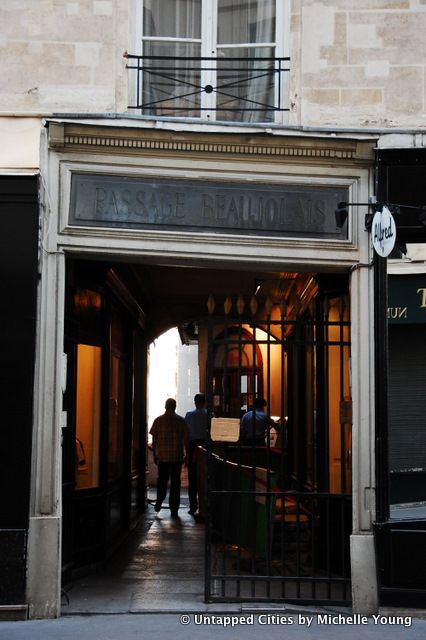
By the revolution though, Louis Charles had long died. He and his father were imprisoned on anti-royalist sentiments in the court of Louis XVI and Marie-Antoinette. His father was executed in 1793. Louis Charles and his brother were exiled to the United States (not without an annual pension of 15,000 francs) where they traveled around the east coast to New York City, Philadelphia, Boston, Maine and Nashville. In an attempt to return to Europe to meet their mother who was exiled in Spain (she was also incidentally, the daughter of the richest man in France), they were captured by the British in the Gulf of Mexico en route from New Orleans to Cuba. After spending a year in Cuba, they were expelled by the Spanish, so they sailed to England via New York and Nova Scotia. Louis Charles then joined the British Royal Navy but tuberculosis, which he had contracted in his imprisonment a decade earlier, hindered his aspirations. He died of the disease in 1808.
The Passage de Beaujolais was also inhabited by the creative sorts. Colette, the French novelist, lived here at Number 9. Sophie Arnauld, a French actress and opera singer, also lived here and wrote of the fireworks surrounding the birth of Louis Charles in 1779.
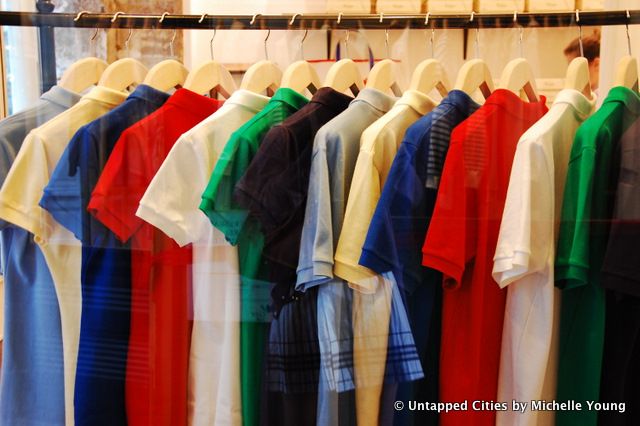
Today, the passage is an interesting mix of old and new. I often take pictures of places in Paris just because something visually has caught my eye, and not until later do I discover the rich history. I suppose it’s what happens in a city with multiple millennia of stories. The current inhabitants of Passage Beaujolais include Kitsuné, a fashion boutique with a music bent and the restaurant Alfred, with entrances both in the middle of the passage and on the street level below. Iron gates with gold accents mark both ends of the Passage.
Graffiti and unmarked doorways lend some further mystique:
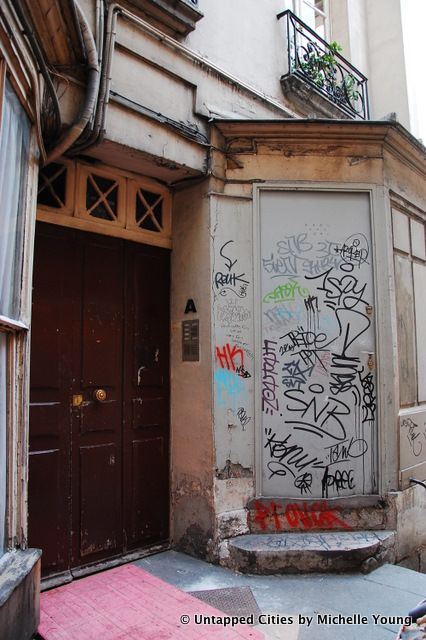
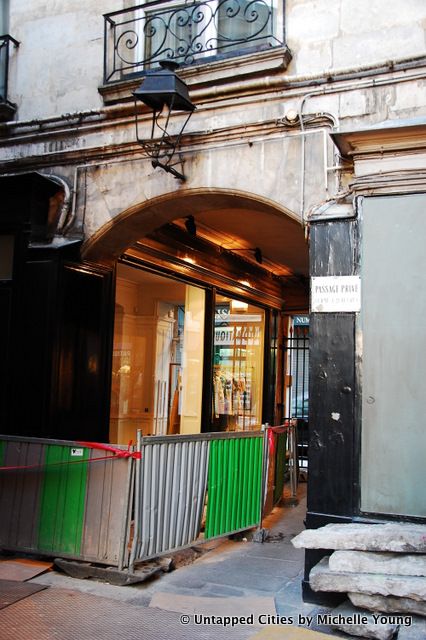
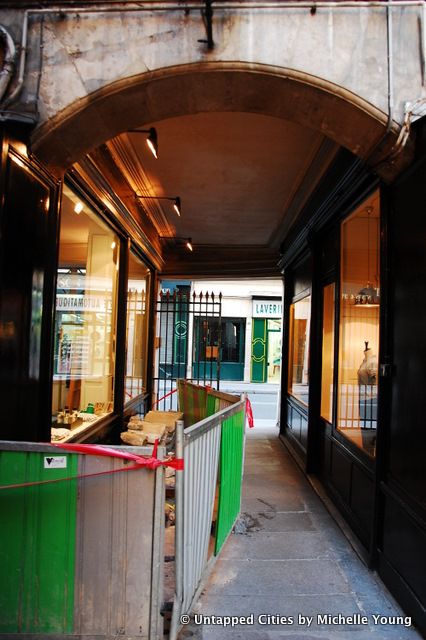
At Bar de L’Entracte:
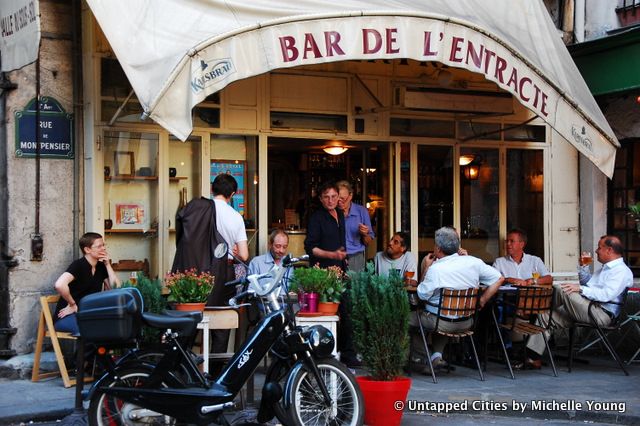
Passage de Beaujolais is located between Rue Richelieu and Rue de Montpensier, along the Palais Royal in the 1st Arroundisement.
Subscribe to our newsletter